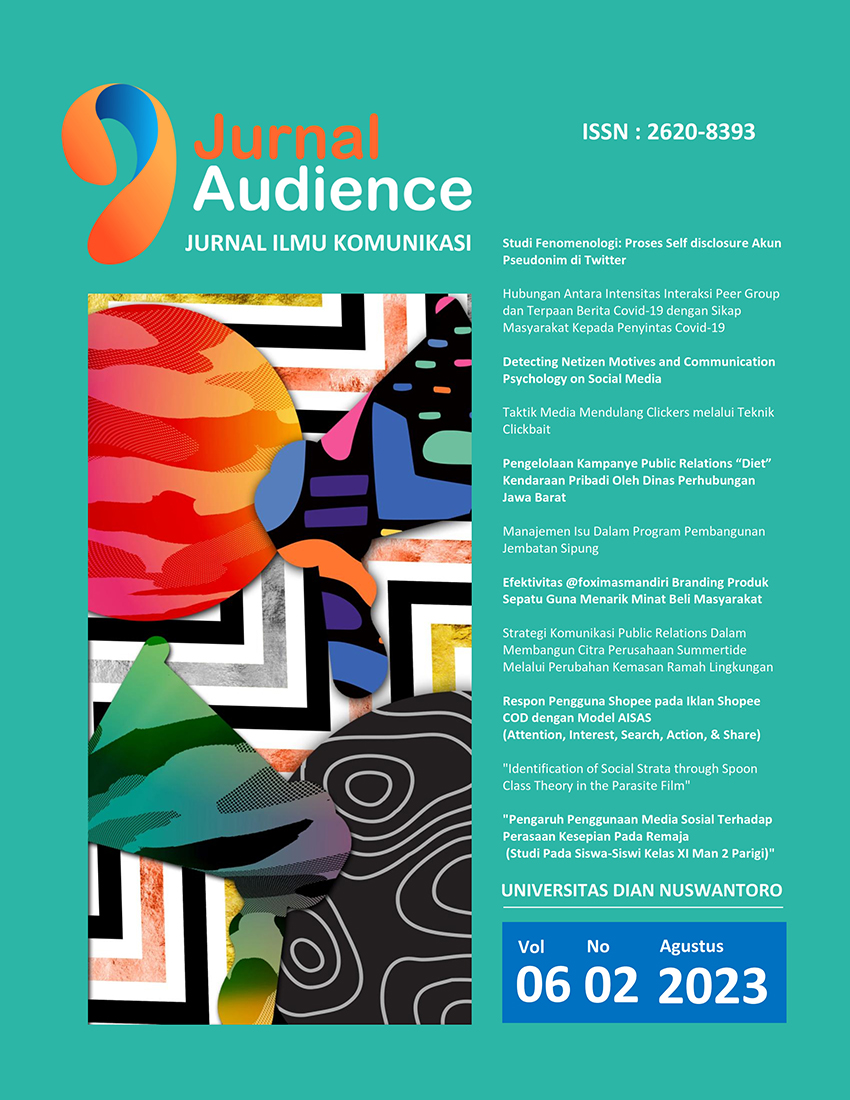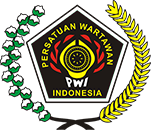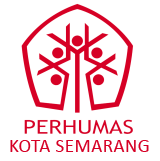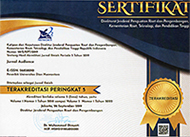Identification of Social Strata through Spoon Class Theory In the Parasite Film
DOI:
https://doi.org/10.33633/ja.v6i2.8982Abstract
Film is one of the works that can be used as a medium for communication and the delivery of messages and meanings, both implicit and explicit through an engaging storyline. Along with the development of films, particularly in South Korea, more diversified and excellent films and dramas are being made are. Parasite is a 2019 South Korean film directed by Bong Joon-ho and won the Oscar 2020. This film represents the social gap in the lives of The Kim Ki Taek’s and The Park Dong Ik’s in contemporary South Korea. The Parks are affluent family with a large house and live in upscale housing. The Kim’s, however, are poor family of four who reside in an overcrowded home that resembles a semi-basement. The story begins with Kim Ki Woo, the son of The Kim’s, who joins The Park’s as an English teacher. Eventually, he succeeds in bringing his entire family to work for The Kim’s and conducts a number of frauds and crimes. We are interested in researching this film because of the storyline which describes contemporary living, and the presentation of the clean cinematography. This study aims to look at the identification of social strata in South Korea through spoon class theory through this film by examining the process of nonverbal communication and stereotypes. In this qualitative descriptive study, the social context, text, and social cognition of films are examined using the Teun Van Dijk model of critical discourse analysis to analyse. The data is collected by watching the entire film.Keywords: Nonverbal Communication; South Korean film; Spoon Class Theory; Stereotype; Teun Van DijkDownloads
Published
2023-09-08
Issue
Section
Articles
License
Authors who publish with this journal agree to the following terms:
- Authors retain copyright and grant the journal right of first publication with the work simultaneously licensed under a Creative Commons Attribution License that allows others to share the work with an acknowledgment of the work's authorship and initial publication in this journal.
- Authors are able to enter into separate, additional contractual arrangements for the non-exclusive distribution of the journal's published version of the work (e.g., post it to an institutional repository or publish it in a book), with an acknowledgment of its initial publication in this journal.
- Authors are permitted and encouraged to post their work online (e.g., in institutional repositories or on their website) prior to and during the submission process, as it can lead to productive exchanges, as well as earlier and greater citation of published work (See The Effect of Open Access).





















